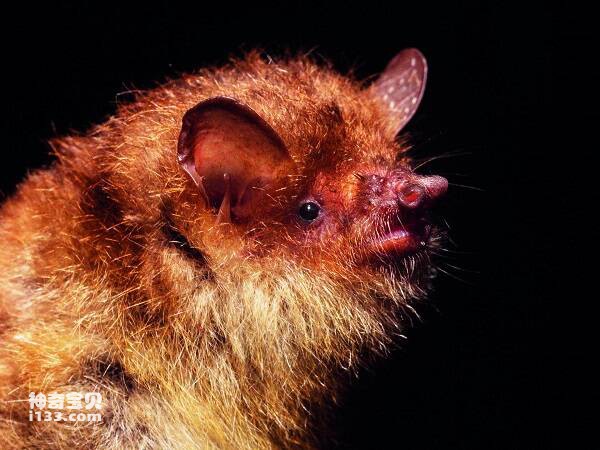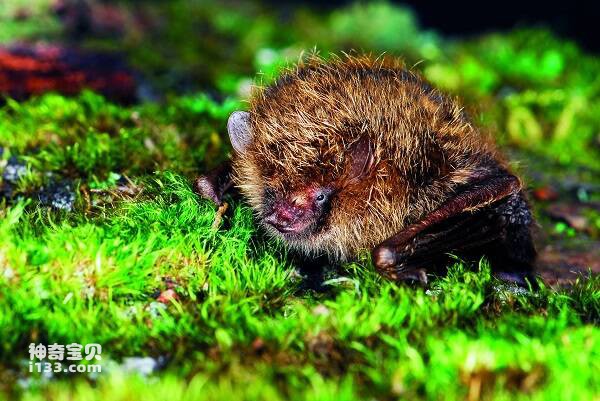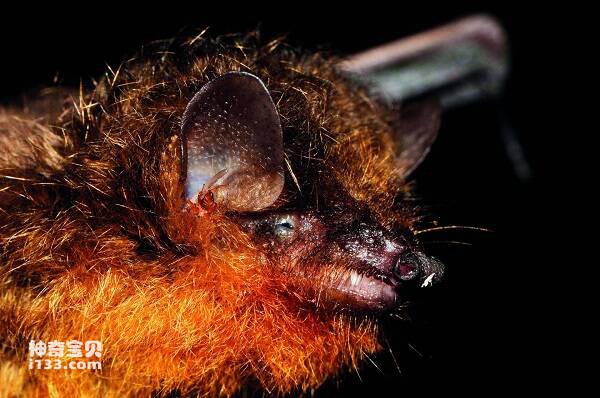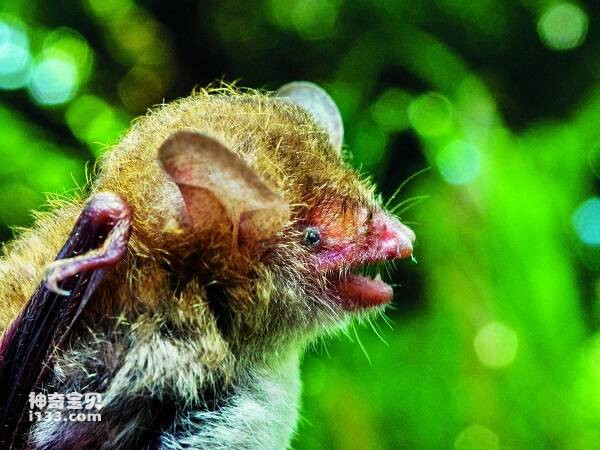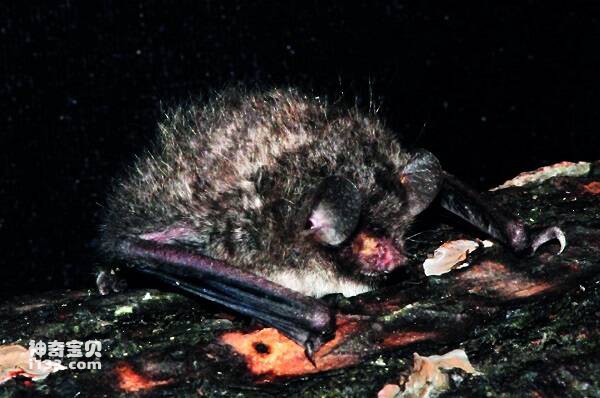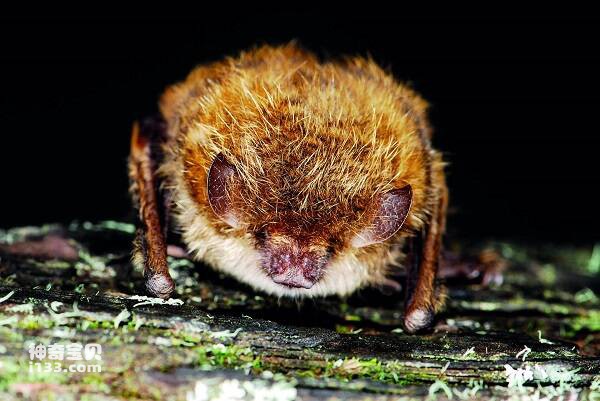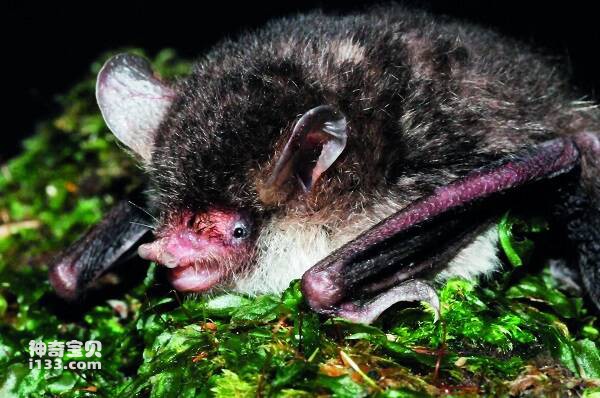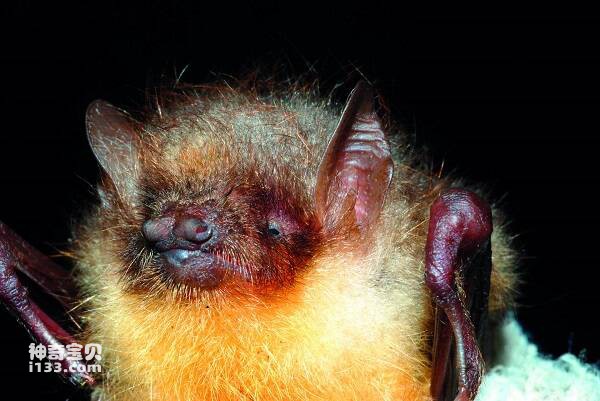Murina bicolor
IUCN
LCBasic Information
Scientific classification
- name:Murina bicolor
- Scientific Name:Murina bicolor
- Outline:Chiroptera
- Family:Chiroptera batidae
Vital signs
- length:47-50 mm
- Weight:
- lifetime:
Feature
The head is brown, the snout is prominent, and the nostrils are lengthened into short tubes.
Distribution and Habitat
It is currently only distributed in Taiwan, China.
Appearance
It is a medium-sized bat with a body length of 47-50mm, a forearm length of 36-42mm, and a tail length of 40-45mm. The head is brown, the snout is prominent, and the nostrils are lengthened into short tubes. The hair on the back is brown or grayish brown, with long hair mixed with reddish-brown on the tip, yellow or white on the abdomen, and the color of the dorsal and abdominal hair is clearly contrasted. The facial hair is dark brown, thick and soft, the auricle is relatively large and has a notch, the ear is longer than the ear width, and the tip is blunt; The tragus is long and narrow. The alar membrane is broadly round and connected to the base of the toe. There are fine and dense hairs on the caudal membrane and the foot.
Details
The yellow-thorax bat is a medium-sized bat, which is a typical nocturnal animal, and its main habitat is not very clear, which can be seen in the forest clearing to hunt insects. It has been found hibernating in high altitude tunnels during the winter. It emits typical short-duration and wide-band echolocation sound waves.
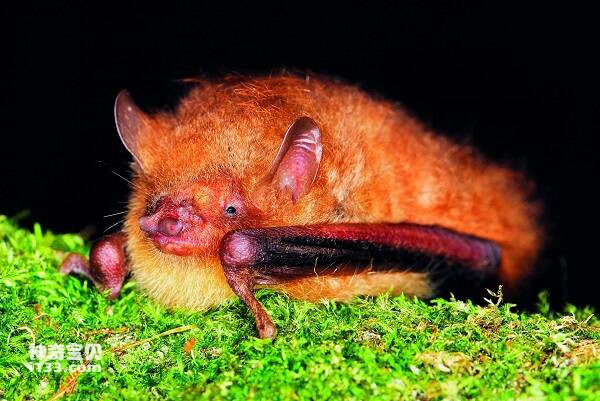
The body length is 47-50mm, the forearms 36-42mm, and the tail 40-45mm. The head is brown, the snout is prominent, and the nostrils are lengthened into short tubes. The hair on the back is brown or grayish brown, with long hair mixed with reddish-brown on the tip, yellow or white on the abdomen, and the color of the dorsal and abdominal hair is clearly contrasted. The facial hair is dark brown, thick and soft, the auricle is relatively large and has a notch, the ear is longer than the ear width, and the tip is blunt; The tragus is long and narrow. The alar membrane is broadly round and connected to the base of the toe. There are fine and dense hairs on the caudal membrane and the foot.
